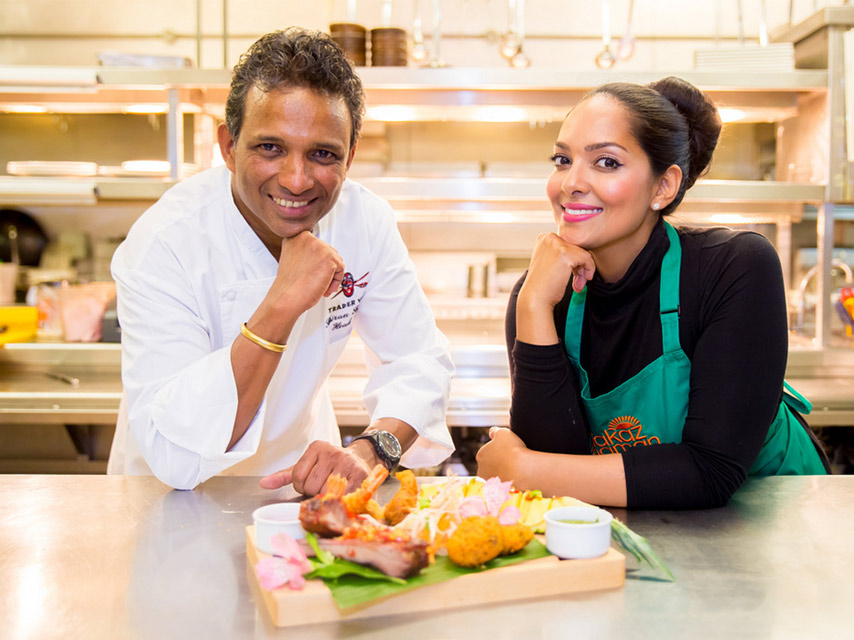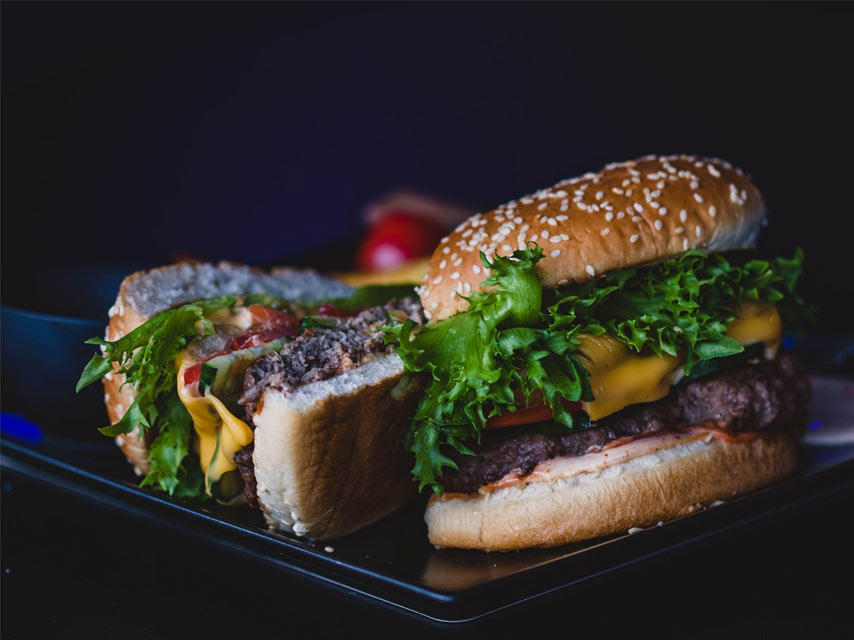Ethnic Cuisine in Mauritius
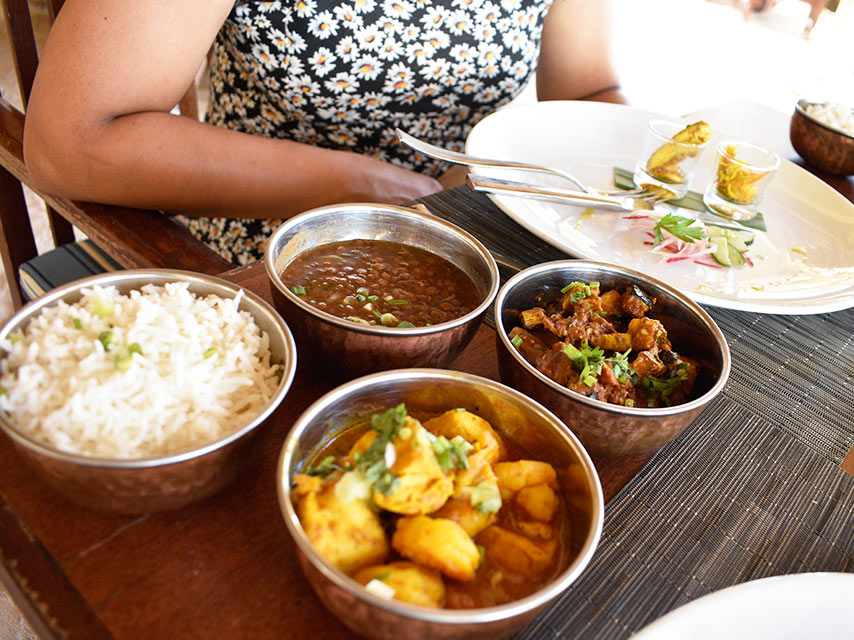
Mauritius Local Food
When referring to ethnic cuisine in Mauritius, it is usually referring to the cuisines of Chinese, Creole and Indian, which are the various ethnic groups in Mauritius.
Mauritius is a true paradise for the palate and the senses, where the ethnic diversity of the local people is reflected in its cuisine.
The food served in most Mauritian homes is a melting pot of various cuisines. The different communities sample each other’s dishes and adapt them to fit their taste buds.
When referring to ethnic cuisine in Mauritius, it is usually referring to the cuisines of Chinese, Creole and Indian, which are the various ethnic groups in Mauritius.
Chinese food in Mauritius
Chinese food in Mauritius is characterized by the use of fresh meats and vegetables along with sauces like soy sauce and oyster sauce. Rice is the staple in almost all Chinese homes, but most eat no more than one meal of rice a day.
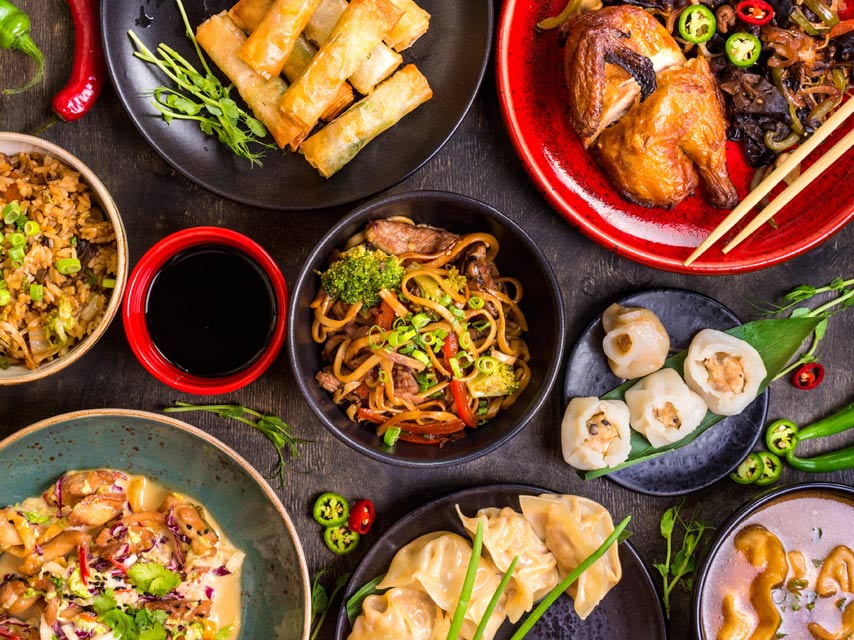
In addition to meat, seafood also plays a big role in the local Chinese cuisine. Pork is frequently featured in Chinese cuisine, though it is used less today due to health reasons. Substitutes for pork include meats such as chicken and beef.
Typical Mauritian Chinese Dishes include:
Bol Renversé
Literally meaning "upside-down bowl", is served just as its name implies. It is similar to a chop suey made with oyster sauce and soy sauce served with a choice of meat or seafood, usually chicken, and a sunny side up or over easy egg. It is then set in a bowl with the egg placed first, followed by the chop suey base and rice, before being flipped over on a plate and presented upside down.
Mine Frire
Chow Mein is the generic term for a dish of stir-fried noodles, Mauritians referring to the local variety as Mine Frire. These fried noodles are made with either fresh, handmade noodles or dry egg noodles. The noodles are usually cooked with chicken, seafood and egg in soy sauce, oyster sauce and is served with garlic sauce and chilli.
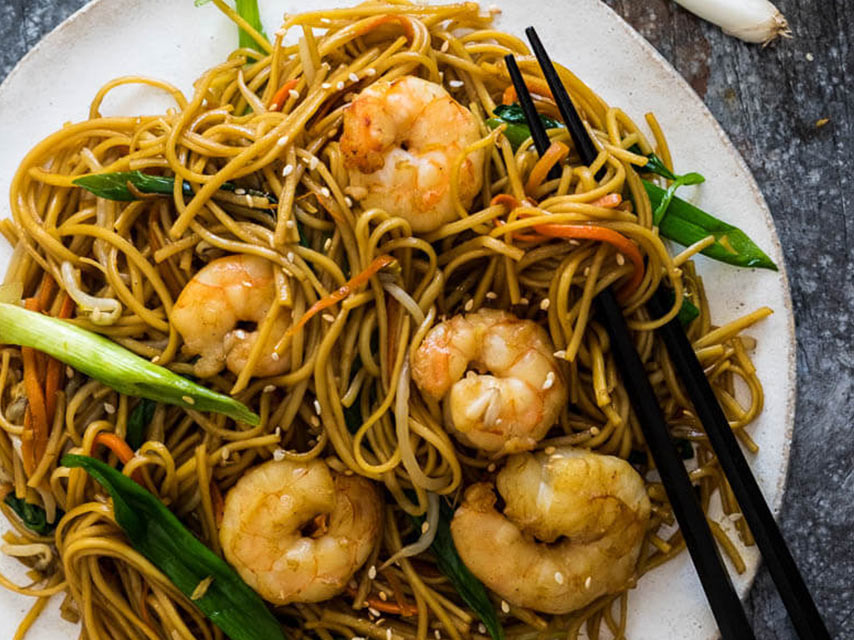
Boulettes
The Mauritian dim sum is called “Boulettes”, which is essentially steamed dumplings made from fish, prawns or chayote. They are typically served in a clear fish broth and eaten with lots of chilli. Dim sums are also served in a small steamer basket or on a small plate, without the soup. Some varieties include "saw mai", "niuk yan" (meat balls), "en pow niuk" (steamed fish fingers) and "teo kon" (tofu).
Sesame Seed Balls
During the Chinese Spring festivals, several cakes and pastries are made, including Sesame Seed Balls, locally known as gateau gingli or zinzli. Traditional Chinese sesame balls are filled with bean paste, but in Mauritius, it usually has no filling and can be made with all purpose-flour as opposed to rice flour. The sweet dough is formed into small balls, rolled in sesame seeds and deep fried till golden-brown.
Mooncakes
Another popular cake during Chinese festivities is the Mooncake, popular during the Moon Festival. Mooncakes are round or rectangular pastries with a thick filling usually made from lotus seed paste, surrounded by a relatively thin crust. It may contain yolks from salted duck eggs. Mooncakes are rich, heavy, and dense compared with most Western cakes and pastries. They are usually eaten in small wedges accompanied by Chinese tea.
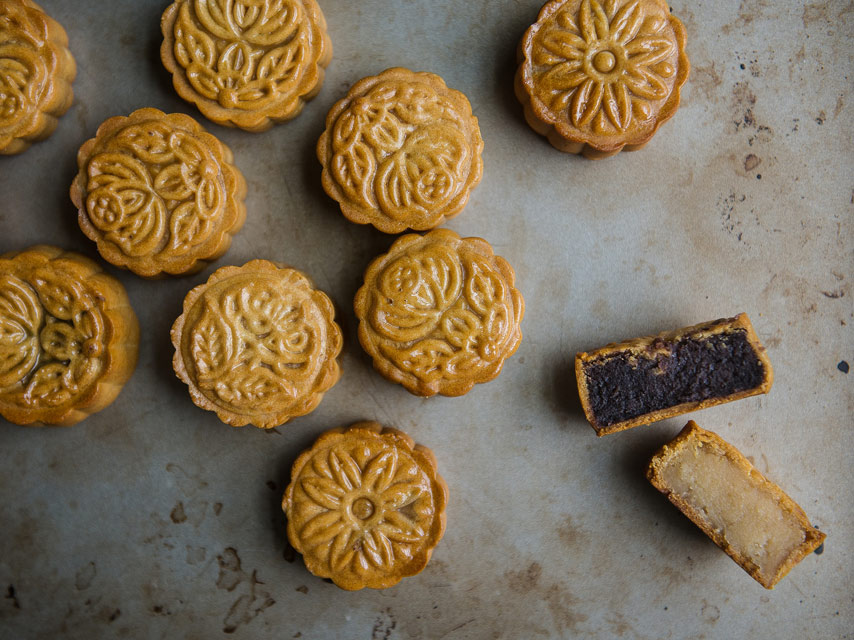
Indian food in Mauritius
The typical Indian cuisine of Mauritius consists of rice and a variety of pulses, the most important of which are a variety of lentils and spilt grains.
Other staples are flatbreads such as roti, farata, puri or chapatti, depending on the method of cooking. They are all made of wheat flour mixed with water to make a dough. Oil or ghee may be added to the dough while kneading or in the rolling process, and then the dough is either toasted on a griddle or deep fried in oil.
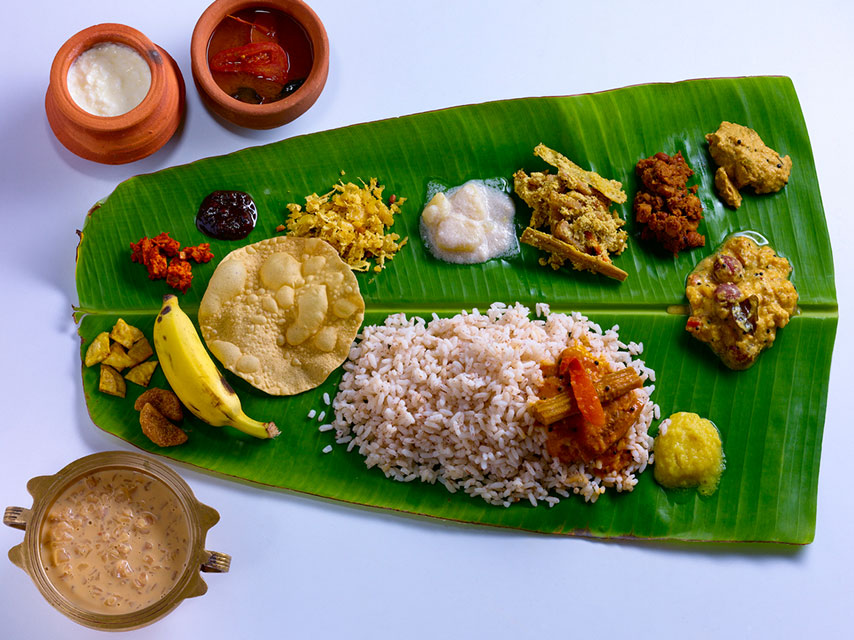
Meats are usually cooked in a curry-style, called masala. These curries are very different from Indian masala, because the spices used for meats vary; fish masala has a very different taste from chicken.
Indo- Mauritian Dishes includes:
Achard
Cabbage, carrots, or any other vegetable is pickled with mustard seeds, oil, garlic, turmeric, vinegar and chilli. Crunchy and spicy, achard is best eaten sandwiched in bread or served as a condiment with main meals. Sometimes unripe mangoes or other exotic fruit like amberella (fruit de cythere) are grated, squeezed and mixed with spices, called “kutcha”- another achard variant.
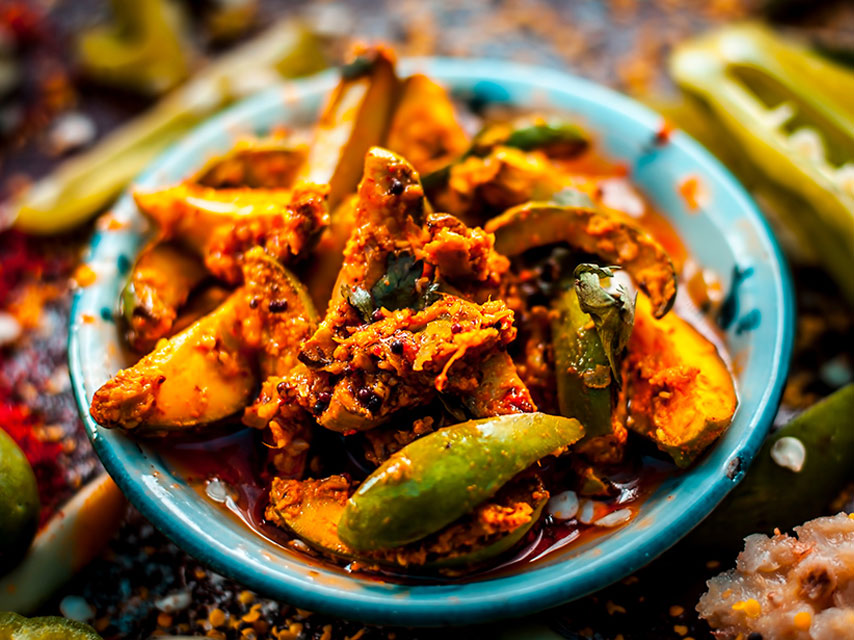
Curry
Curry is a generic description of various spiced dishes. It is usually understood to mean "gravy" or "sauce", rather than "spices". Some distinctive spices used in many Indo-Mauritian curries, though certainly not all, include turmeric, cumin, coriander, fenugreek, and red chilli. Goat meat, mutton and fish are typically used for curry dishes (the Hindu religion forbids the consumption of beef and social customs have made pork a taboo). The common ingredients of a curry are: curry powder, onions, garlic, ginger, tomatoes and chillies along with potatoes, eggplants and okra added as extras. Madras curries tend to be a very hot variant, with a fairly hot curry sauce, often red in colour and with heavy use of chilli powder. It originates from the south of India and gets its name from the city of Madras, now known as Chennai. This curry can be vegetarian or made with meat.
7 Curries (Sept Cari)
This meal is served at Hindu weddings in Mauritius, where 7 vegetable curries are accompanied with “ti puri”, or fried flatbreads. Served on a banana leaf, the curries usually consist of butter bean curry, spinach, ‘rougaille’ (tomato-based sauce), pumpkin and other vegetables. Some rice also accompanies the meal, along with achard as a condiment. In the Tamil community, rice is served instead of fried flatbreads, along with a different variety of curries including a spicy soup, rasson and a sweet serving of sago pudding with papadum.
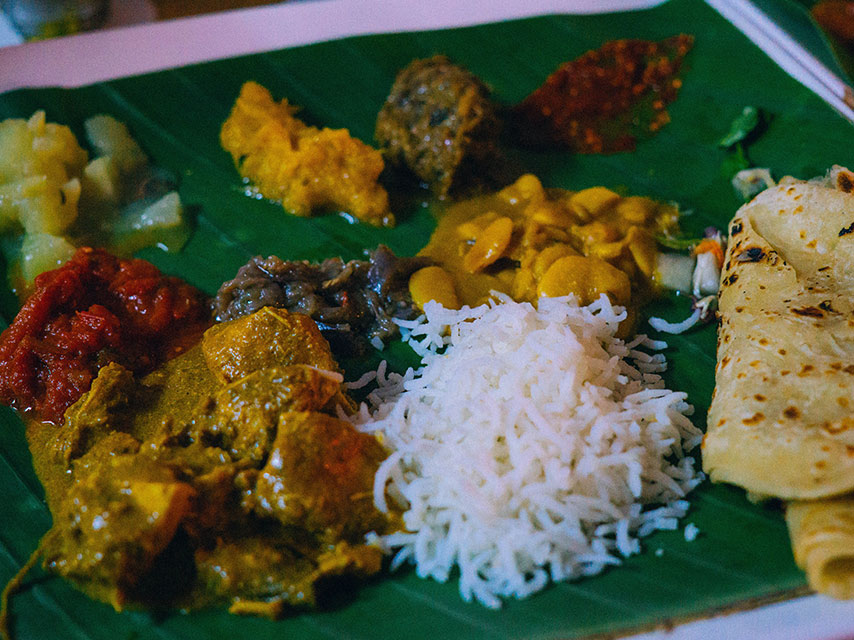
Dhal Pita
Dhal is a very popular and versatile ingredient in Mauritian cuisine, often used as an accompaniment with rice. One particular dish made with dhal, is a one pot dish called Dhal Pita. Yellow split peas, onions, garlic, ginger and spices are added into a pot with pasta or pieces of dough. The pasta soaks up the sauce of the meal, and it cooked to a very cream consistency. A spicy tomato chutney, rougaille or achard accompanies the meal.
Gato batate
The Hindu festival of Diwali is a day when many sweet dishes and cakes are prepared. A traditional delicacy, found in all households is Gato Batate, made from sweet potatoes as the main ingredient. These small cakes are shaped into a half-moons and filled with coconut and sugar before being deep-fried. They are then distributed among friends and families in colourful packaging and boxes.
Canjee
Canjee is a type of rice porridge originating from Asia. In Mauritius, this dish is particularly popular in the Tamil community, where it is offered during the Tamil month of Adi. Compared to the Indian version, Mauritian Canjee is much thicker and is eaten with a number of vegetable curries & condiments, such as aubergine curry, sautéed greens and spicy chutneys. The rice is cooked with yoghurt and onions, as well as other grains.
Sago-applon
Another ethnic dish found at festivals is the sweet dish of sagoo. Sagoo is a dessert that is typically served at Mauritian-Tamil weddings, at the end of the main meal, 7 Curries. It is accompanied by papadum or applon (as it is called in Mauritius) - a flat, salty and crispy flatbread-like cracker. The sago pearls are cooked with water, sometimes milk, sugar, cardamom and grated coconut.
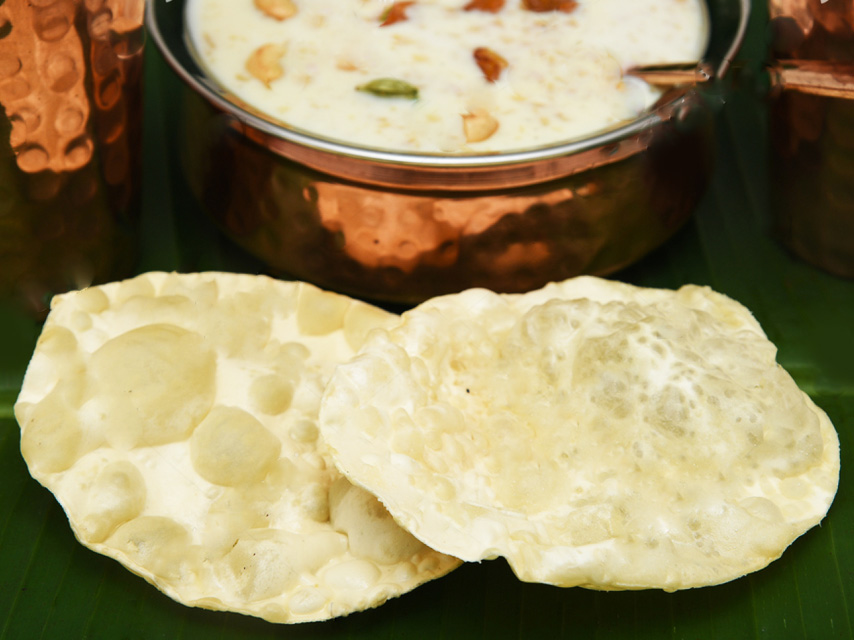
Muslim food in Mauritius
The typical Mauritian food of the Muslim community is almost the same as the food eaten by Indo-Mauritians, but follows the rules of Islamic cooking. Muslims only consume food that is halal and of course don't eat pork, but do eat beef, unlike Hindus.
Mauritian Muslim Dishes includes:
Briyani
One of the biggest contributions of Muslims to the Mauritian food scene is Briyani. Biryani, is a rice-based meal made with spices such as cloves, crushed cardamom pods, cinnamon, star anise, saffron and cumin, rice (usually basmati) and meat, fish, eggs or vegetables. It is cooked in a steel pot called a ‘deg’. The name is derived from the Persian word beryān, which means "fried" or "roasted".
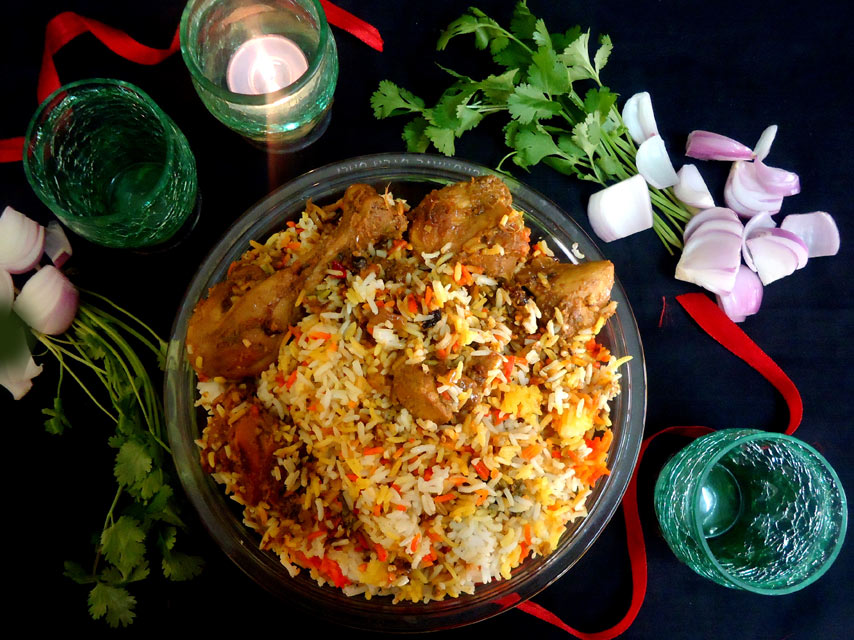
Haleem
This dish is believed to have been brought here by Muslim sailors from southern India. It is a popular soup made from pounded wheat, mutton or beef and lentils, which is then slow cooked until it reaches a soup-like consistency. This dish is very popular among Mauritians, especially during the cooler seasons and it is sold in almost all local eateries. It can be rather spicy and is usually served with vinegar, lemon juice, chopped spring onions and chilli as condiments.
Kalia
Kalia is a curry prepared with spices and yoghurt. Typical ingredients include beef, chicken or mutton with potatoes and spices, such as cloves, turmeric, coriander, onion paste, ginger, saffron, chilli and bay leaves. The base ingredients of this curry are similar to briyani (without the rice) and it is often accompanied with white basmati rice or flat breads.
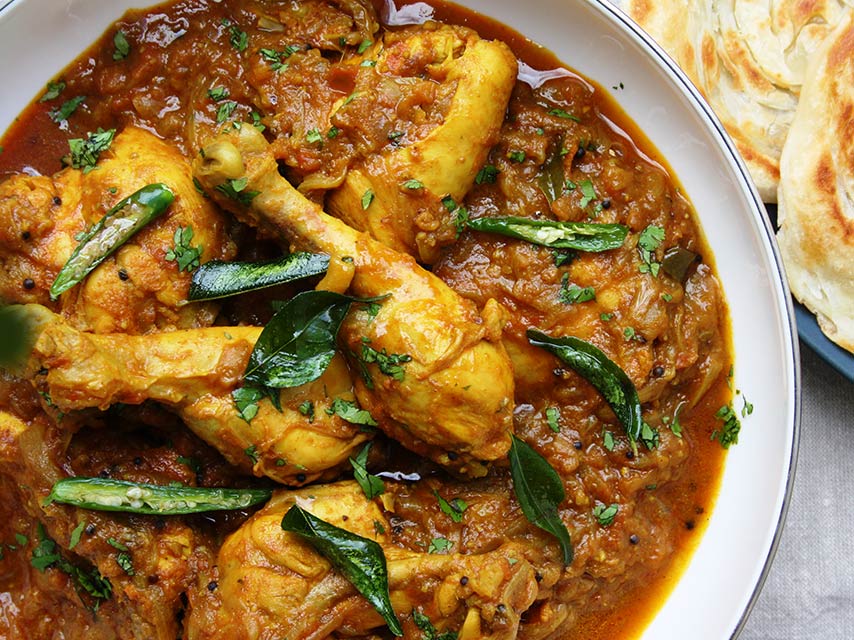
Vermicelli
A famous sweet dish shared between friends and family on the occasion of the Muslim festival, Eid. This delicacy can either be prepared as a dessert in milk or as a pudding. The dessert is made by boiling the vermicelli with milk, condensed milk, almonds, pistachios and saffron. It is then cooled and served in a bowl. The dry version is made with vermicelli, ghee, sugar, almonds and coconut which can then be set into a pudding or tossed together as a light and dry mixture.
Chicken Tikka
A number of savoury dishes are served at the table during the Muslim fasting month of Ramadhan, one of which is chicken tikka. Unlike the Indian version where marinated chicken chunks are skewered and grilled, the Mauritian recipe calls for thin, marinated slices of chicken, rolled in breadcrumbs, dipped in egg, and then fried. This can also be found at local food vendors, who sell the tikka, sandwiched in bread for a quick lunchtime meal.

If there were such a thing as a Mauritian national dish, the Rougaille would be a very strong contender.
Creole Food in Mauritius
Mauritian Creole gastronomy is inspired by African, French and even Indian cuisine. Onions, garlic, ginger, tomatoes and chillies are present in almost every dish. Stews are popular because they do not require fresh meat or the best cuts, and they are easy to prepare.
Greens are eaten at every meal, cooked in a touffée-style. They are tossed in hot oil with onions, garlic and chilli until all liquid has evaporated. Sometimes, meat, fish or snoek is added for more flavour. Creole dishes are eaten with rice or bread. Rice is usually boiled in lots of water which is drained off when the rice is cooked, giving it a slightly different taste and texture from steamed rice.
Mauritian Creole Dishes include:
Rougaille
A rich typical Mauritian Creole dish. If there were such a thing as a Mauritian national dish, the rougaille would be a very strong contender. Plain tomato based rougaille with tomatoes, garlic and chillies is served as a side dish to accompany a curry or as a topping for steak à la Créole. Meats can also be cooked in rougaille such as sliced beef, snoek (salted fish), chevrettes (tiny freshwater shrimp found in Mauritian streams and rivers), corned beef, canned sardines or sausages.
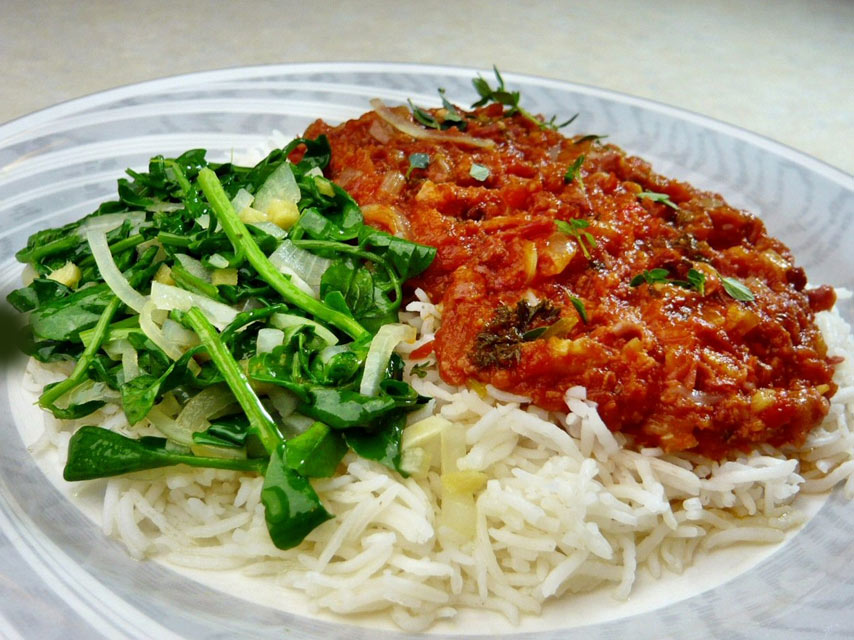
Satini
Similar to a Mexican salsa, Satini or chutney containing tomatoes, garlic, chillies and coriander, is also a staple side dish. It is very much appreciated at parties or anytime during tea time snacking. You can also serve it over fried rice or any rice dish really, including left overs to add new flavour. There are various ‘’Satini’’ - chutneys, that are very much loved here for example Coconut Chutney or Tomato Chutney.
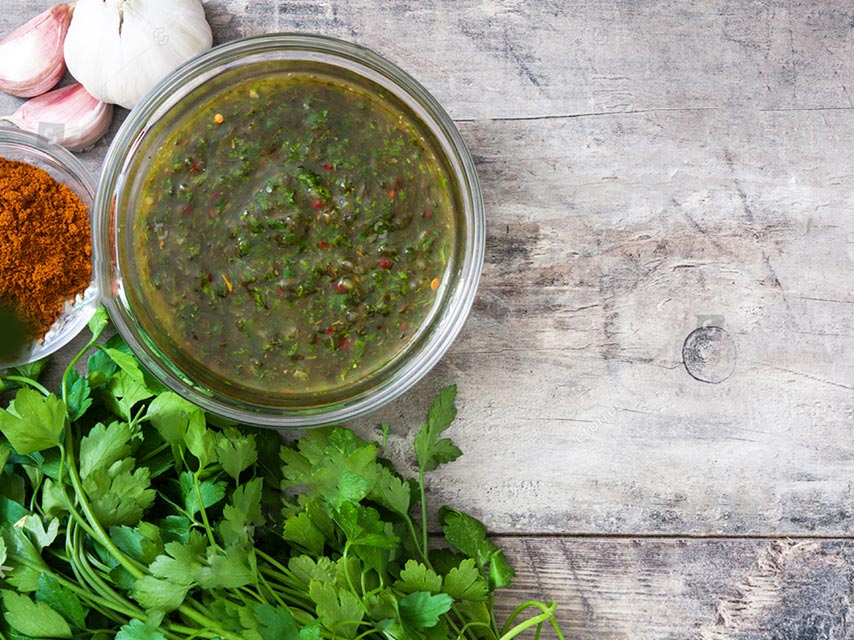
Daube
Stews are called daube in Creole. This dish is usually made with a base of onions, garlic, tomatoes and chillies along with a meat. Meats added to the stew include fish, chicken, lamb or beef. Potatoes, chou chou (chayote), cabbage, peas, carrots, aubergines or okra can also be added in, to give variety and consistency. This hearty stew is a favourite meal at family gatherings and is usually accompanied with rice or dhal puris (flatbreads stuffed with split-pea).
Vindaye
A typical Mauritian dish called Vindaye that often includes fish. Thick slices of fish are deep-fried before being coated with a ground mixture of turmeric, mustard seeds, ginger and chillies. Whole shallots and cloves of garlic are added together with some vinegar. Another variant includes the less common, but just as wonderful octopus vindaye.
Bouillon Crabe
Soups in Mauritius, as we know it, go by the name of bouillon and are usually not as heavy as creamy soups. Often bouillon is made with seafood or simply with greens such as spinach or watercress. The crab soup is a clear broth with onions, thyme, tomatoes and coriander, cooked with seasoned crab and enjoyed as a hot soup on a rainy day. This soup is also believed to cure hangovers.
Mauritian - Rodriguan Cuisine
Rodrigues is a little island, about 500km to the east of Mauritius, which forms part of the Mauritian Outer Islands. Rodriguan Cuisine can be said to be a mixture of all kinds of Mauritian cuisines - there are European, Indian, Creole and Chinese influences.
Seafood, poultry and pork are prominent ingredients used in their dishes which have been incorporated into Mauritian dishes, such as briyani, curry and rougaille. Octopus is plentiful and consumed often, in soups, stews or even dried.
You may also like
Comments



 French
French
